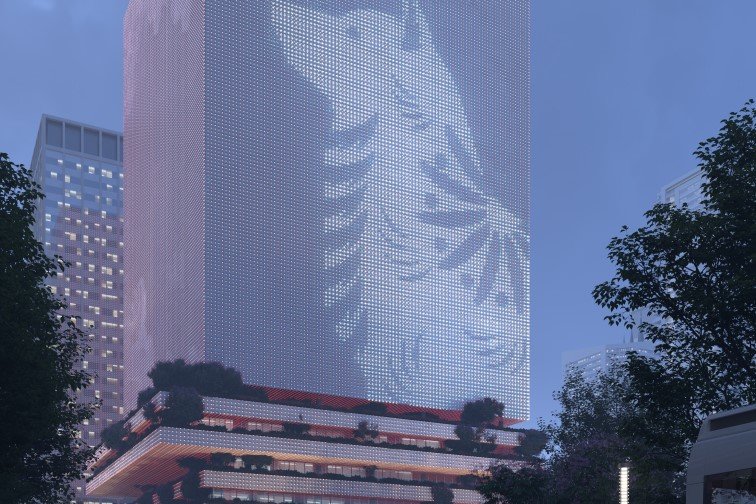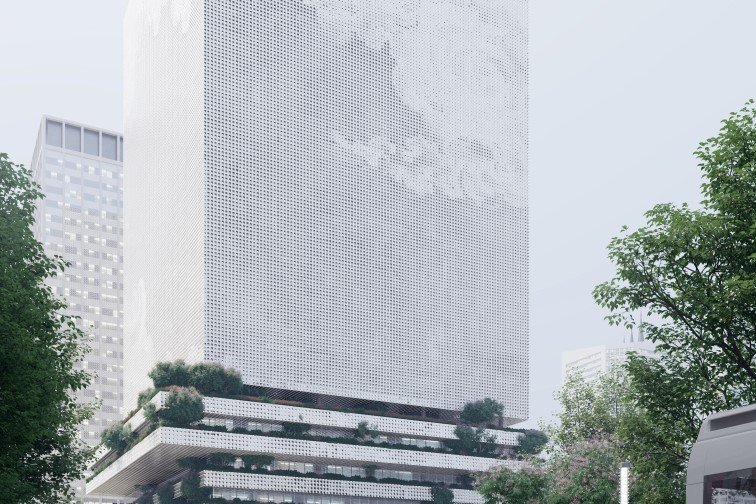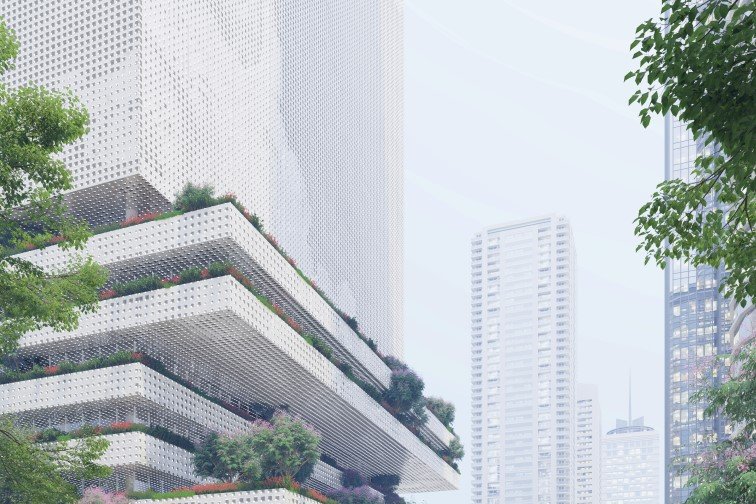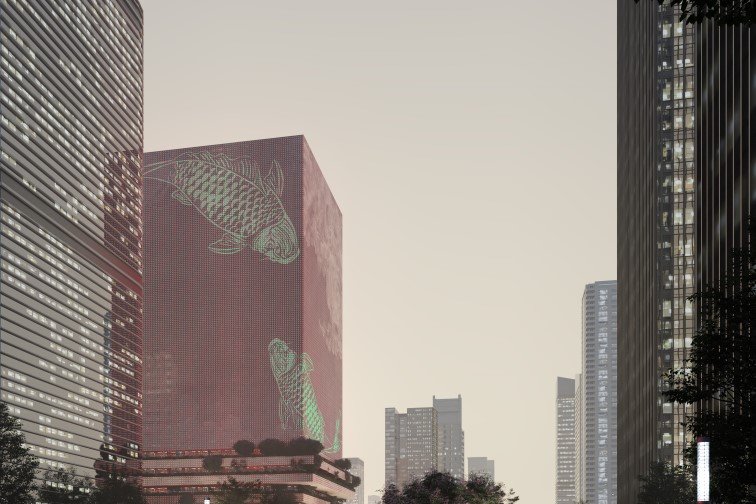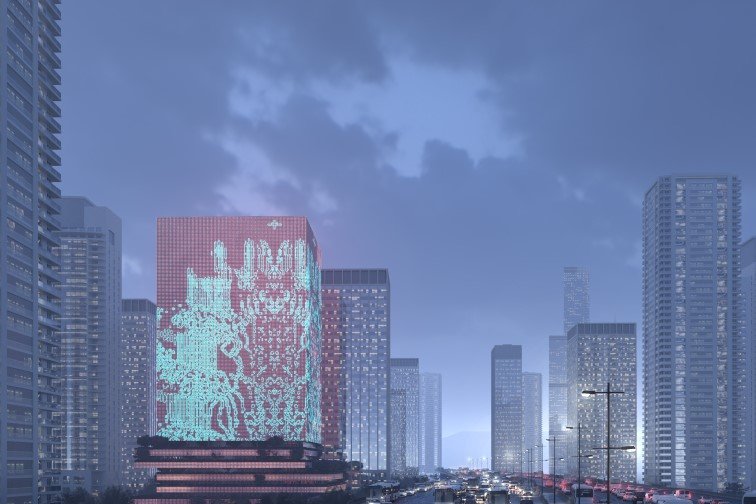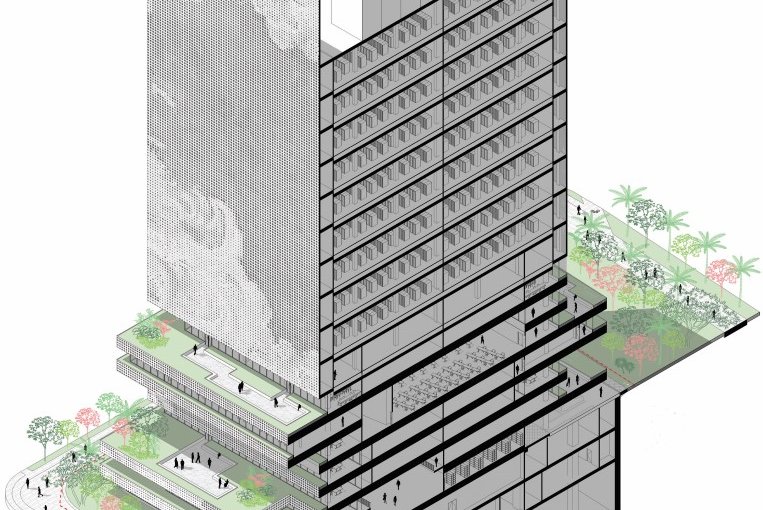Dutch architecture firm Mecanoo has revealed the design of the upcoming hyperscale colocation data center in Western Shenzhen, China.
The 63,000 square meter facility in Qianhai is envisioned as a 113-meter high tower block, with exterior covered in ‘pixels’ that will serve as a giant digital screen, projecting artistic images and illuminating the night. It will also feature extensive cantilevered gardens across the six bottom floors.
The building was designed for Shenzhen Qianhai Development & Investment Holding Company, and will serve both the local government and enterprise clients – however, the opening date has not been made public.
Digital lighthouse
“The aqueduct was a symbol of the development of the Roman Empire, and broadcast antennas have become icons in city skylines. Likewise, data centers are relatively new infrastructural facilities that can substantially contribute to a city’s identity,” states a press release from Mecanoo.
The designers call their creation a ‘digital lighthouse.’ The building will house offices and support spaces in the plinth, and secure data halls within the tower itself. Technical spaces and a regional cooling station will be located in the underground levels.
The façade of the building is covered with concrete panels that form a whirling cloud image during the day; during the night, each panel lights up to create images inspired by traditional Chinese art.
A small fishing village just 40 years ago, Shenzhen was transformed by the establishment of a Special Economic Zone and is now a city twice the size of London, serving as one of China’s primary industrial centers. It hosts the headquarters of several major technology companies, including Huawei, Tencent, ZTE and TP-Link.
Qianhai is one of Shenzhen’s most recent developments – known formally as the Qianhai Shenzhen-Hong Kong Modern Service Industry Cooperation Zone, the district is almost entirely composed of the land reclaimed from the sea, and is still under construction. The work on the local road and rail network is expected to be complete by 2020.

